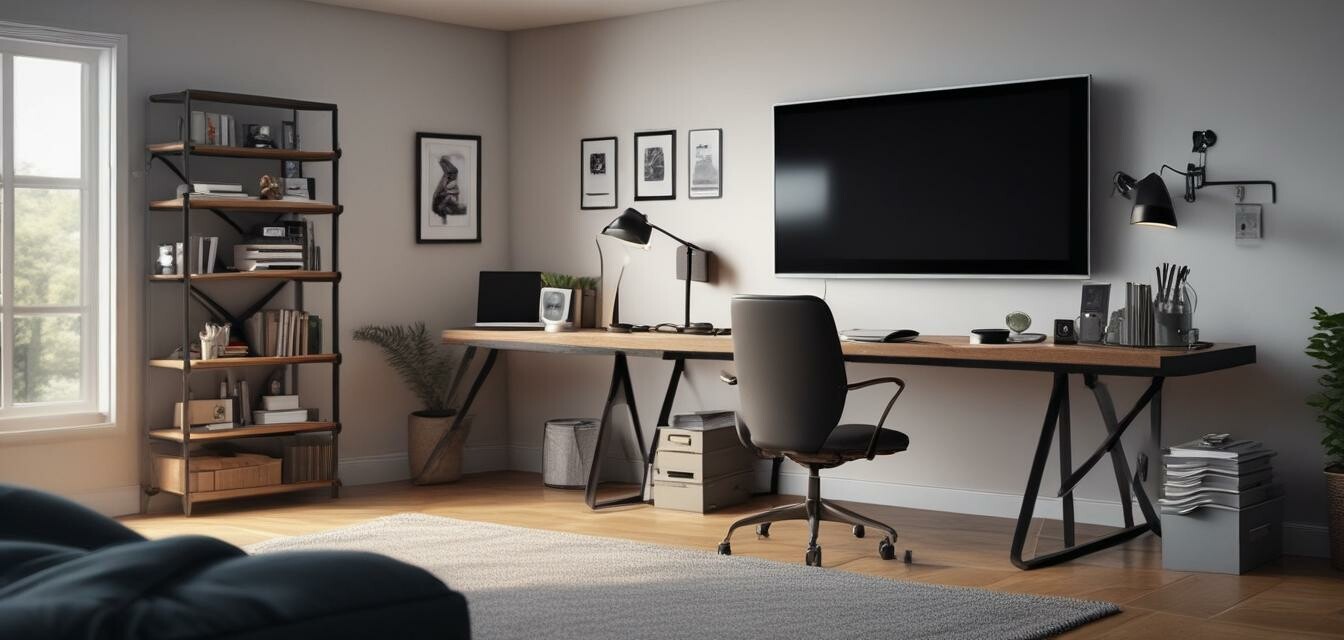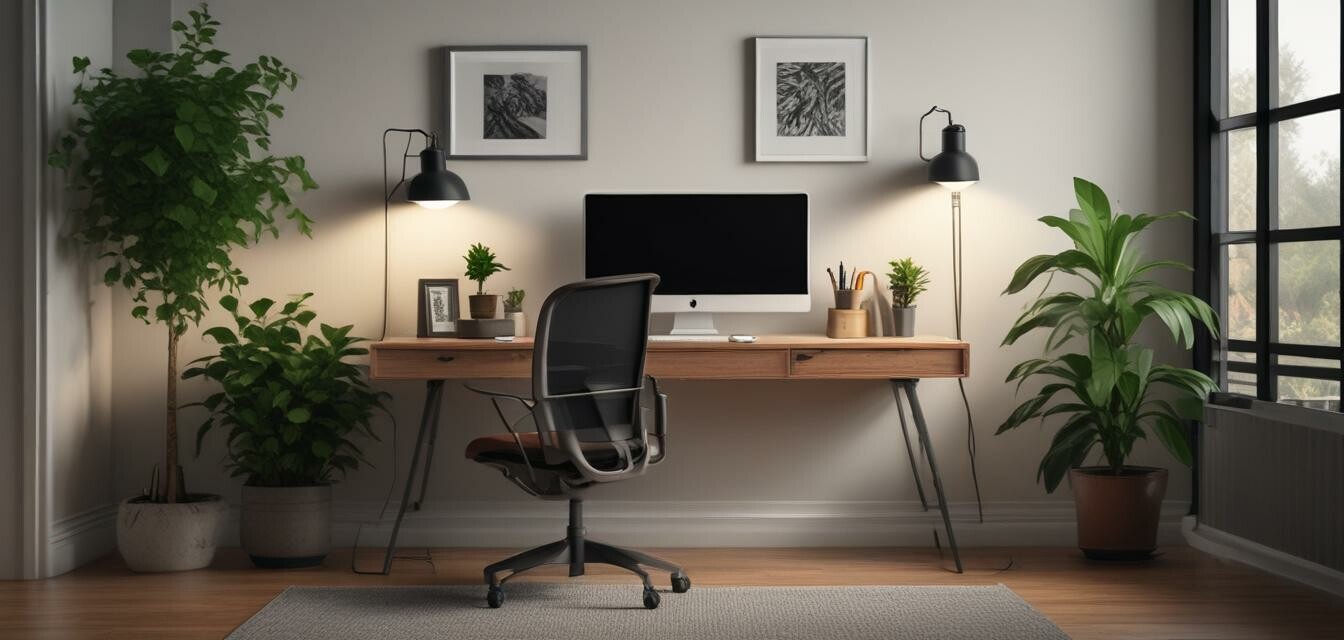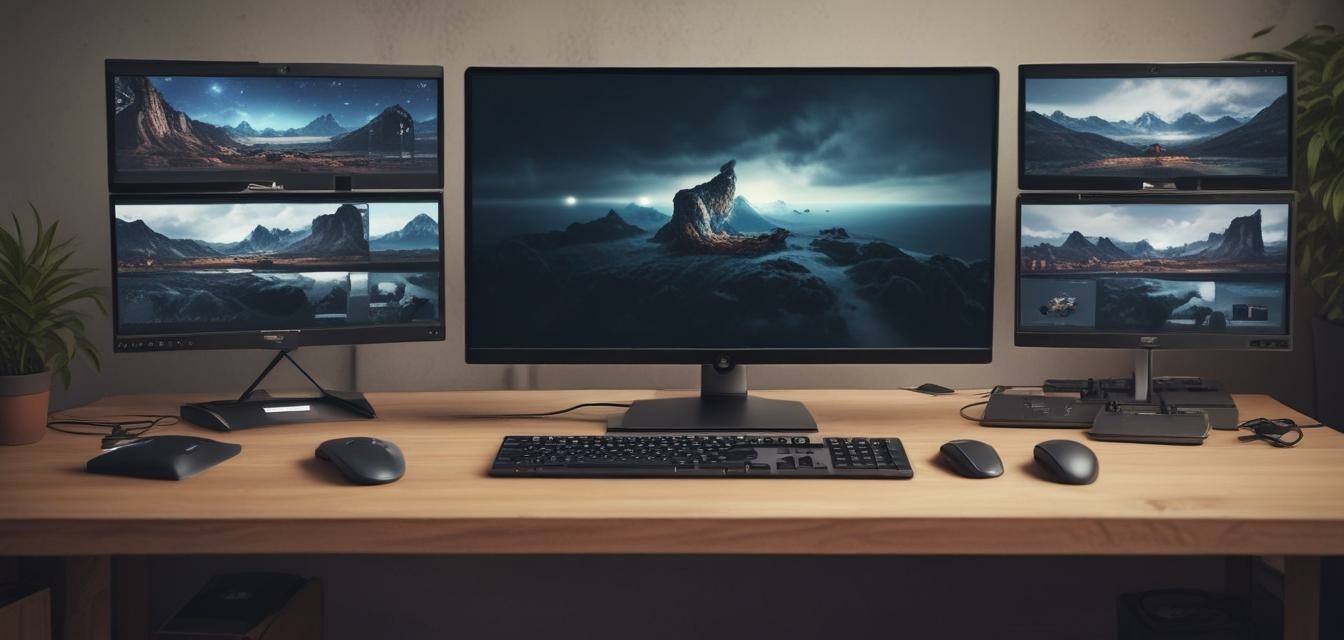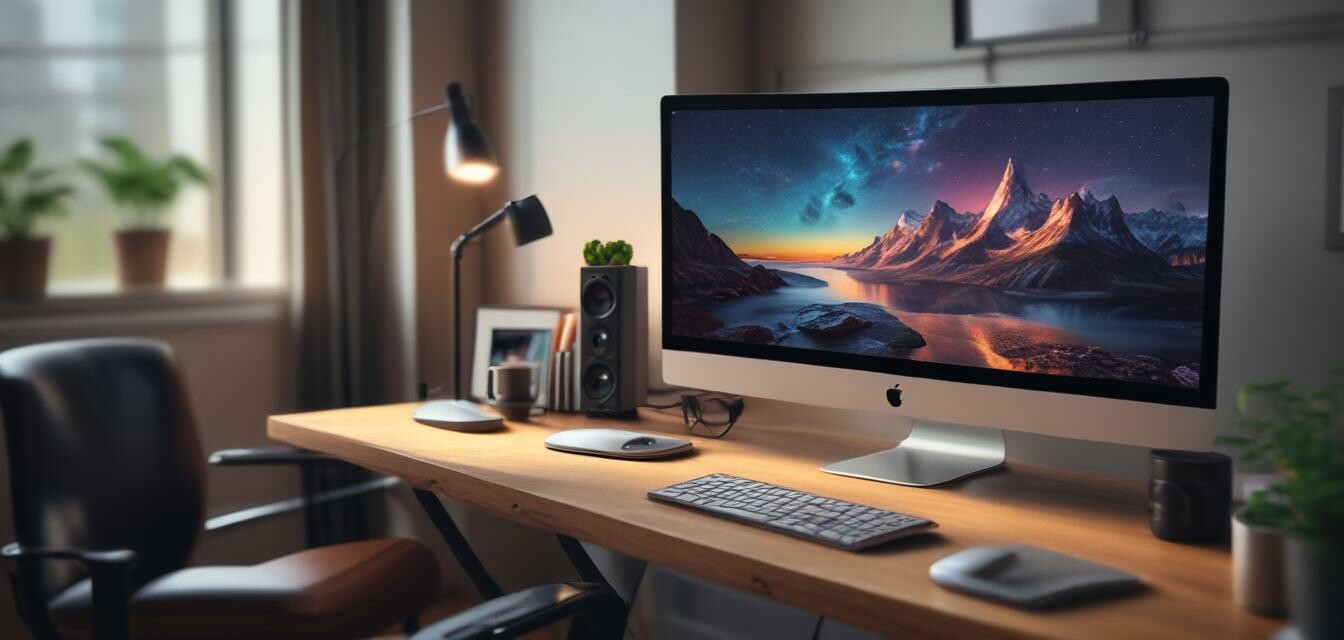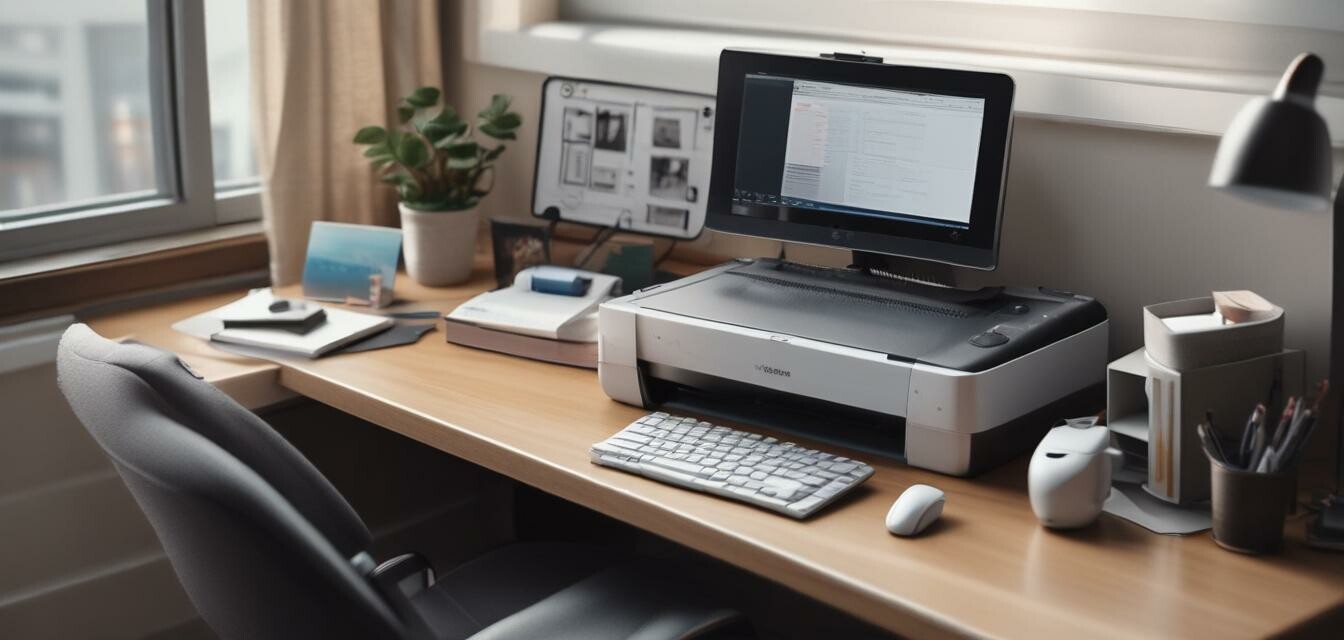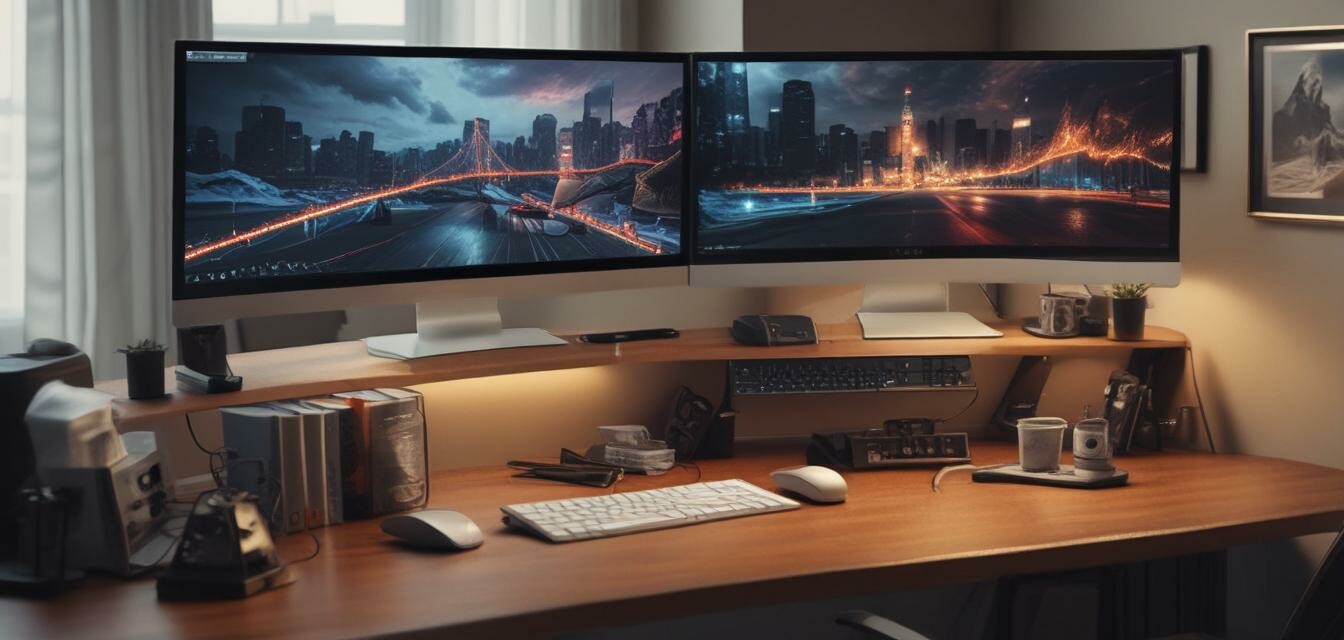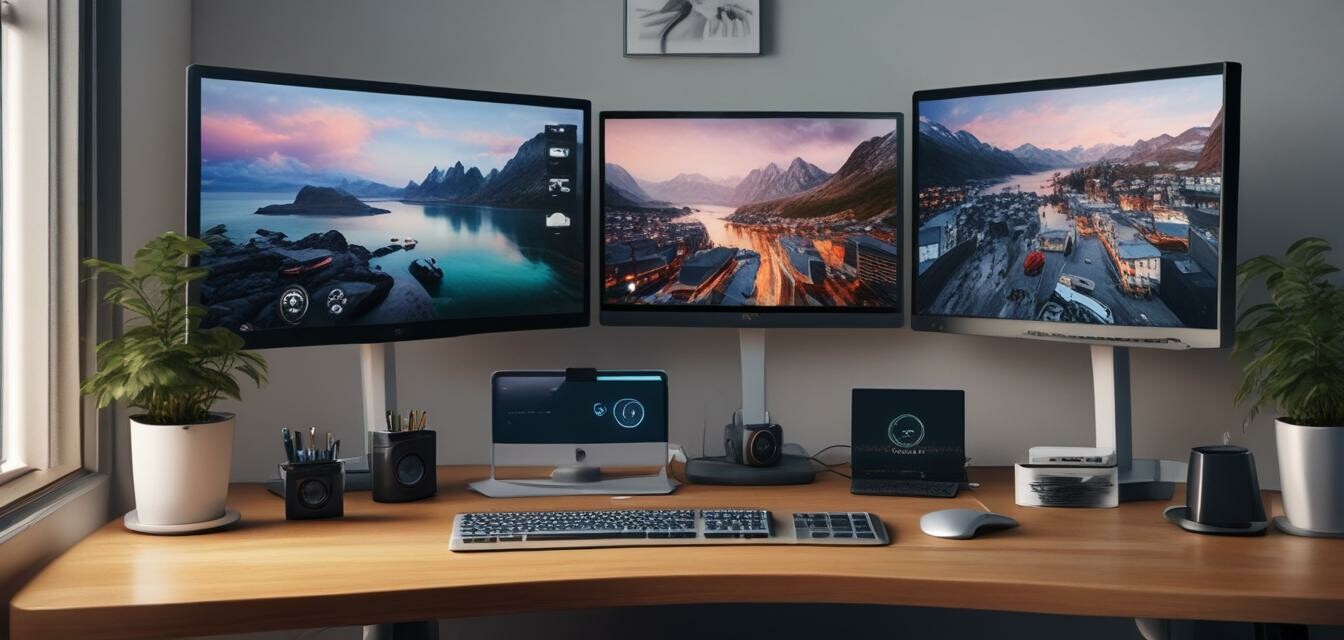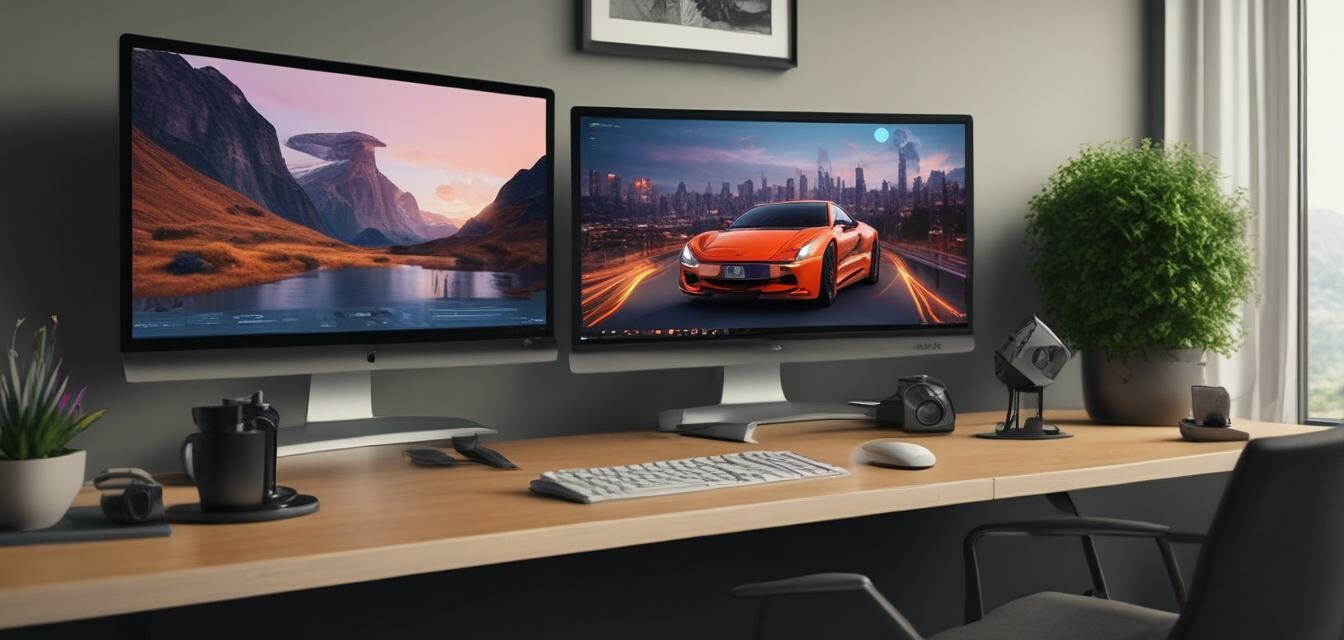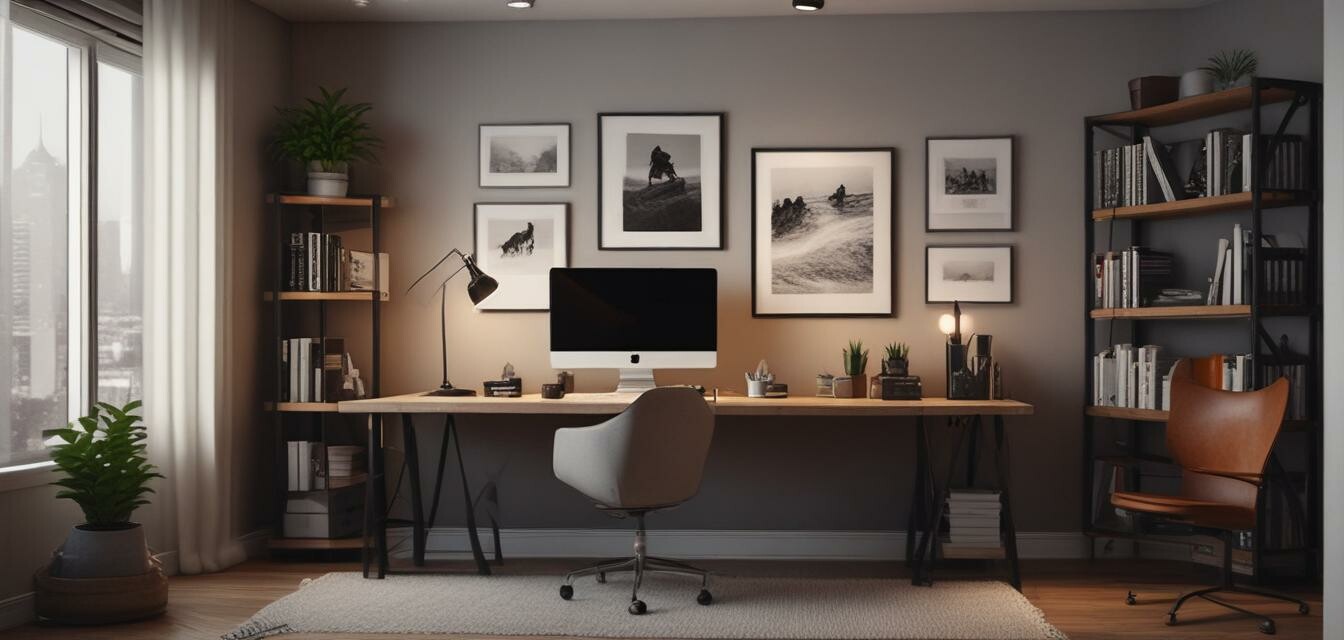
Home Office Ergonomics
Key Takeaways
- Ergonomic setups can improve comfort and productivity.
- Adjusting your workspace can reduce physical strain.
- Investing in the right tools is crucial for long-term comfort.
Creating an ergonomic home office is essential to maintaining a healthy work-life balance. By implementing best practices and utilizing appropriate tools like desks, chairs, and accessories, you can elevate your comfort and productivity. Below are key considerations for optimizing your workspace.
Understanding Ergonomics in the Home Office
Ergonomics involves designing your workspace to fit your body, reducing strain and risk of injury. This means considering posture, equipment, and environment. Here’s a brief overview of essential ergonomic principles:
| Ergonomic Principle | Description |
|---|---|
| Proper Posture | Maintain a neutral spine position while working. |
| Workstation Setup | Arrange your desk, monitors, and equipment to minimize reach and strain. |
| Regular Breaks | Stand up and stretch to reset posture and reduce fatigue. |
Essential Furniture for an Ergonomic Home Office
Furniture plays a significant role in creating an ergonomic environment. Here are some essential furniture options:
| Furniture | Benefits |
|---|---|
| Ergonomic Chairs | Provide support while allowing for movement and adjustments. |
| Height-adjustable Desks | Allow you to alternate between sitting and standing, reducing fatigue. |
| Monitor Stands | Help keep screens at eye level to prevent neck strain. |
Choosing Ergonomic Chairs for Comfort
When selecting an ergonomic chair, consider the following features:
- Adjustable seat height
- Lumbar support
- Armrest adjustments
- Backrest angle adjustments

Accessories to Enhance Ergonomics
In addition to furniture, consider investing in accessories that promote ergonomic health:
- Desk Lamps and Lighting - Good lighting reduces eye strain.
- Keyboards and Mice - Ergonomic designs offer better hand positioning.
- Multi-Monitor Stands - Keep monitors at an optimal height.
Optimal Monitor Setup
To set up your monitors correctly, follow these guidelines:
- The top of the monitor should be at or slightly below eye level.
- Maintain a distance of 20 to 30 inches from your eyes.
- Angling the screen slightly upwards improves visibility.

Creating a Conducive Work Environment
Your work environment also impacts your overall comfort and effectiveness. Here are some tips to create a conducive workspace:
Tips for a Comfortable Home Office
- Ensure your chair and desk height are compatible.
- Keep frequently used items within easy reach.
- Reduce clutter to minimize distractions.
- Use a footrest if your feet don’t rest fully on the floor.
The Importance of Lighting in Your Workspace
Proper lighting is often overlooked, yet it significantly affects your comfort and productivity. Consider:
| Lighting Type | Benefits |
|---|---|
| Task Lighting | Direct light for specific tasks, reducing eye strain. |
| Ambient Lighting | Soft overall lighting that creates a pleasant atmosphere. |
| Natural Light | Exposure helps enhance mood and focus. |
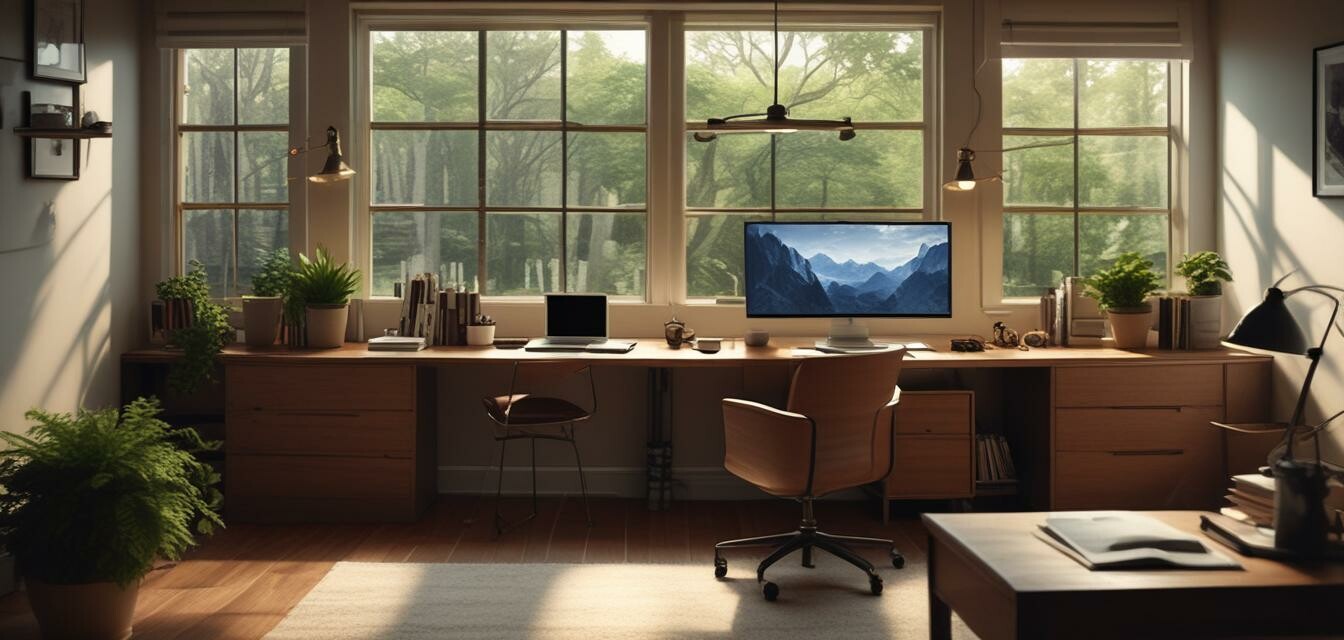
Conclusion
Investing in an ergonomic home office setup not only enhances your comfort but also improves productivity and well-being. Assess your workspace and integrate ergonomic solutions tailored to your needs. For more great ideas on optimizing your home office, explore our categories:
Pros
- Enhanced comfort and productivity.
- Reduces physical strain and injury risk.
- Long-term investment in health and wellness.
Cons
- Initial costs can be high for quality furniture.
- Time is needed to set up a perfect ergonomic space.
